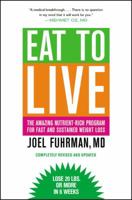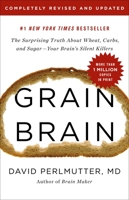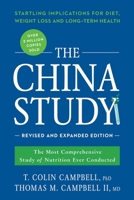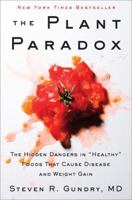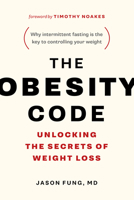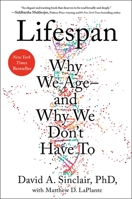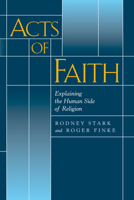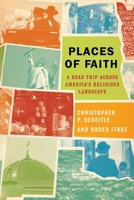Middle Ages
Select Format
Select Condition 
You Might Also Enjoy
Book Overview
Legends of the Middle Ages By H. A. Guerber This description may be from another edition of this product.
Format:Hardcover
Language:English
ISBN:1435159977
ISBN13:9781435159976
Release Date:January 2015
Publisher:Fall River Press
Length:409 Pages
Weight:1.21 lbs.
More by Roger Finke
Customer Reviews
5 customer ratings | 4 reviews
Rated 5 starsThe longevity Diet by Valter Longo
By Magoo, Verified Purchase
Many experts have podcasts and books on diet, health and lifespan but many are not doing actual research or even studying scientific research and studies, just giving their opinions right or wrong for profit and/or the sale of products. Valter Longo is an active scientist that does and provides information based on science and studies. All information is evaluated by his 5 pillars of confirmation. He is completely sincere...
6Report












